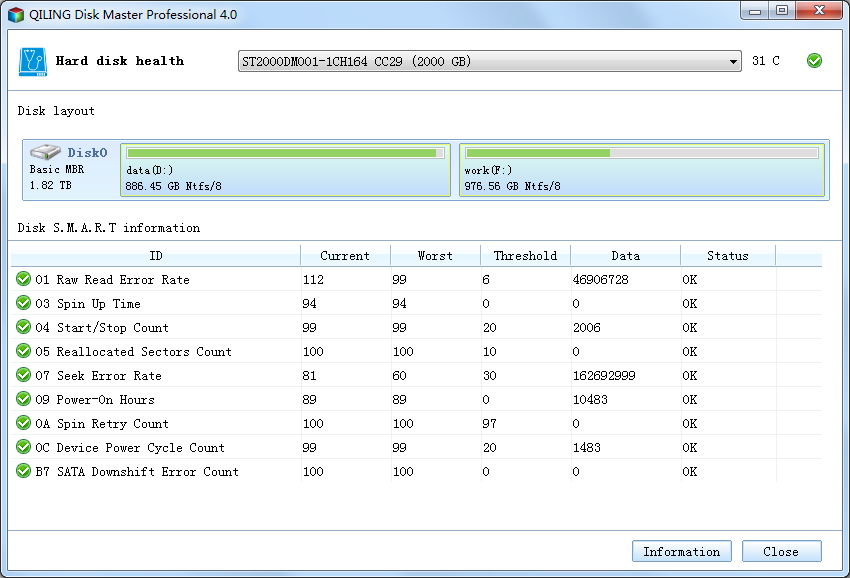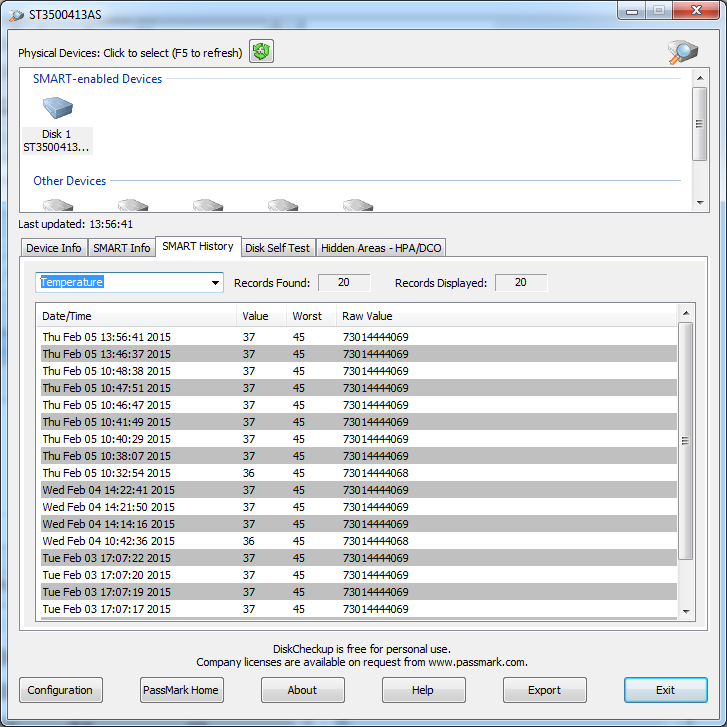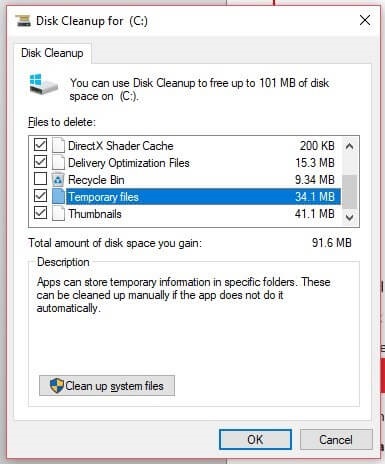

- Test hard disk health how to#
- Test hard disk health install#
- Test hard disk health pro#
- Test hard disk health Pc#
The post How to Check Health and Optimize Hard Drive on Windows 10 by Fahad Chandio appeared first on Wccftech. If all of these tests and optimizing methods still do not reflect any issues with the hard drive then your hard drive might not be the culprit behind the lag and slow performance after all. These are some simple steps to check the health and optimize your hard drive on Windows 10. This means that the drives are functioning at their optimum capacity.
Test hard disk health Pc#

You will see the status of your hard disk after a short delay. wmic When the WMI interface is ready, type: diskdrive get status Press Enter again. Type cmd and click OK to open the Windows command prompt. Select the Scan drive option to continue. To check a hard disk with WMIC, press the Win + R buttons to open the Run dialog. Easiest way to check a drive is to use the S.M.A.R.T. It let's you scan for bad sectors on the drive and displays it like you said.
Test hard disk health pro#
I would guess you're talking about HD Tune Pro since that's fairly common.

Check the box of Run on a schedule (recommended) under the Optimization schedule menu and click on OK to save the changes.You can also automate this process on a Weekly or Monthly basis by selecting Change settings. Simply click on Optimize to defragment the selected partition if the analysis results display the Status as Needs Optimization.The system will analyze the selected HDD drive on your PC.On the other hand, when you click on the Hard disk drive or HDD partition then it will provide the option to Analyze.The trimming process might take a few seconds to finish up.Click on the SSD and select Optimize to initiate the trimming process which clears out the footprint of the formerly stored data to improve performance. SSDs cannot be defragmented as they do not have any moving parts.Click on the Defragment and Optimize Drives app to proceed. Open the Start menu and type defrag in the search bar.How to Defragment and Optimize Hard Drive

But here are some steps that you can follow to check the health and optimize your hard drives on Windows 10. Fragmentation is basically when the drives use the vacant storage slots to store data but this method can result in cluttering and adversely affect the performance of your drive. If you can't find what you need, please Google your drive manufacturer name and add something to your search like drive tools.Is the hard drive of your PC giving you a tough time with painfully longer load times? Hard drives also need optimization especially the conventional SATA drives that fragment data over the course of time. Some companies offer SSD specific apps you can browse here.
Test hard disk health install#
Install a Third-Party Disk Checking Tool. Note that Check Disk is limited in its data recovery capabilities, mostly meant as a way to repair a corrupted file system. This will run CHKDSK and recover any corrupted sectors discovered. We have some of these apps on MajorGeeks including Samsung, Seagate, Western Digital, and Maxtor. where C is the drive letter of the disk you wish to scan. While we can use Windows utilities to check for problems, we'd use your drive manufacturer tools. We'd try Crystal DiskInfo.Īll companies offer dedicated tools to help you manage, monitor, and repair your drives. You might want to use CheckDisk or possibly System File Checker. Keep in mind that the Windows SMART health report has never been perfect. If a problem is found, you can get more details by checking the SMART Predict Failure results. If you do receive errors, stop everything, and back up your hard drive immediately before its too late. Any problems found with your drive will be explained, and you will need to consider whether you need to repair or replace your hard drive. Many disks include Self-Monitoring, Analysis, and Reporting Technology (S.M.A.R.T) hardware. WMI will query your drive to get SMART information from your drive. You can check the health of many disks using Disk Utility. Open a Command Prompt or PowerShell and type in wmic. TIP: Hard to fix Windows Problems? Repair/Restore Missing Windows OS Files Damaged by Malware with a few clicksīefore we run this simple test, be sure to close all running programs and save your work.


 0 kommentar(er)
0 kommentar(er)
